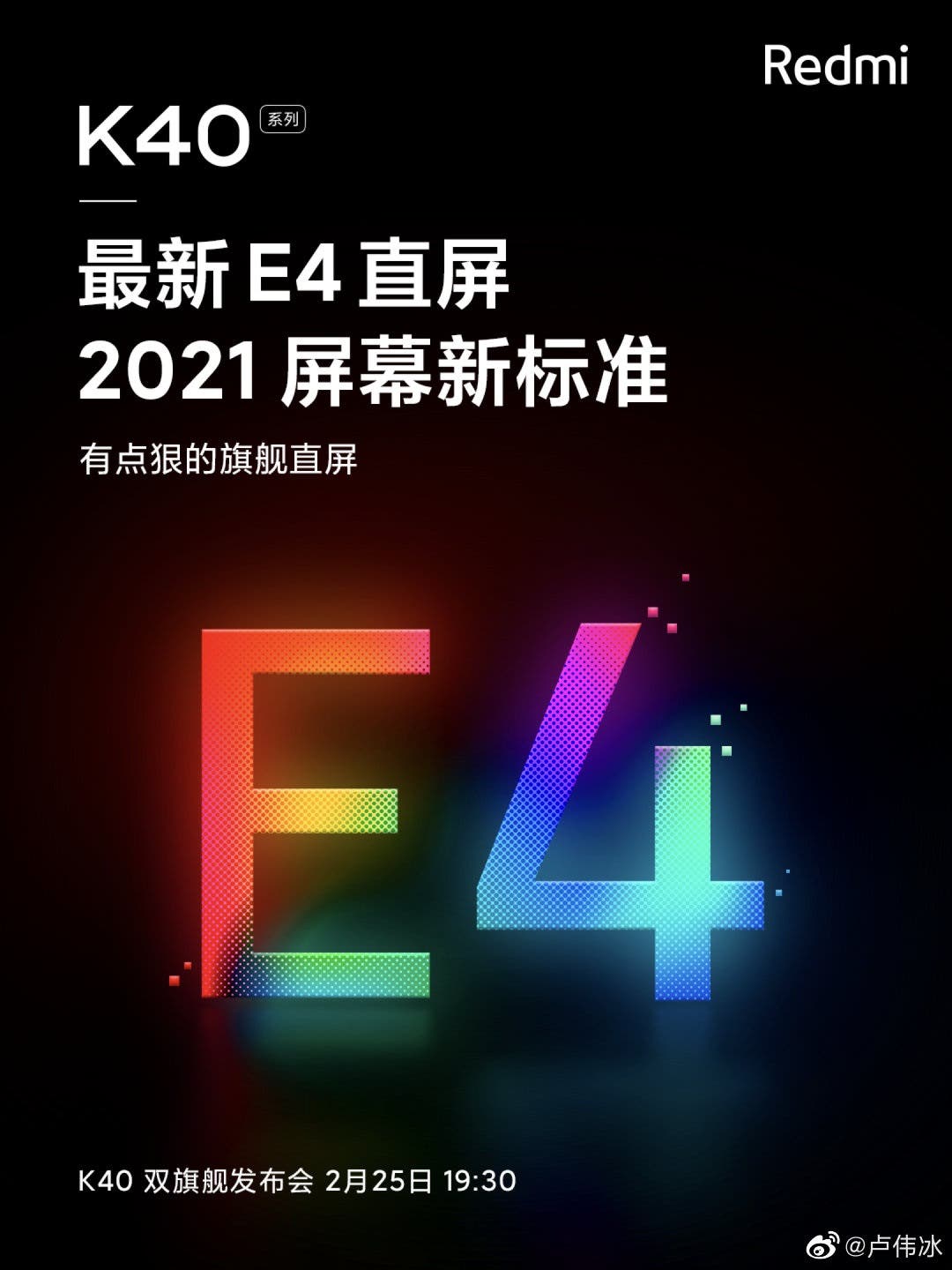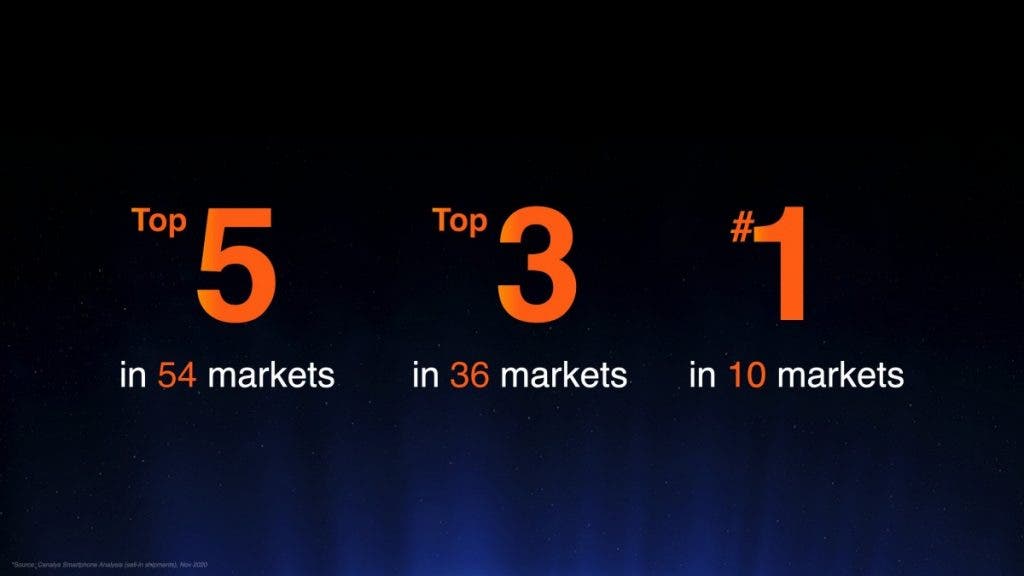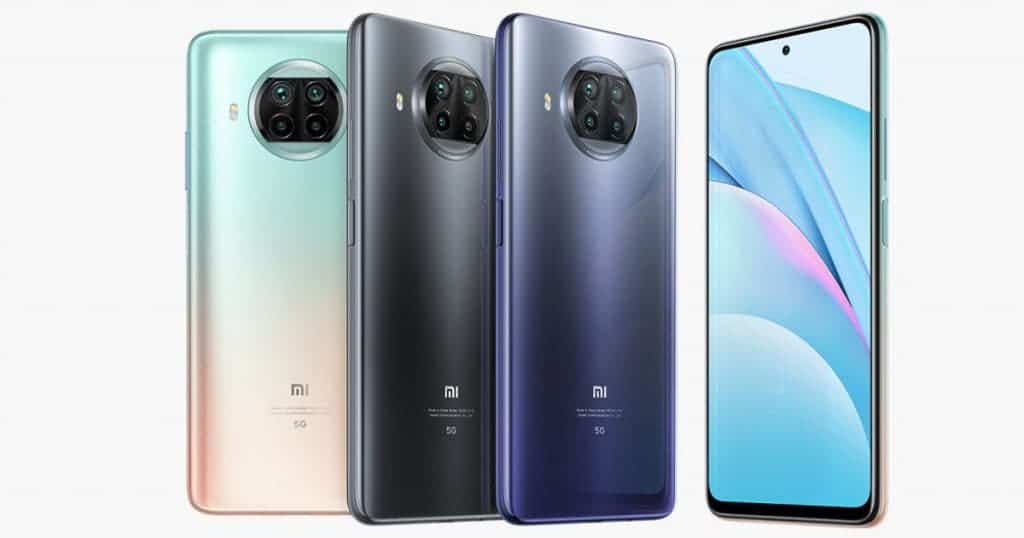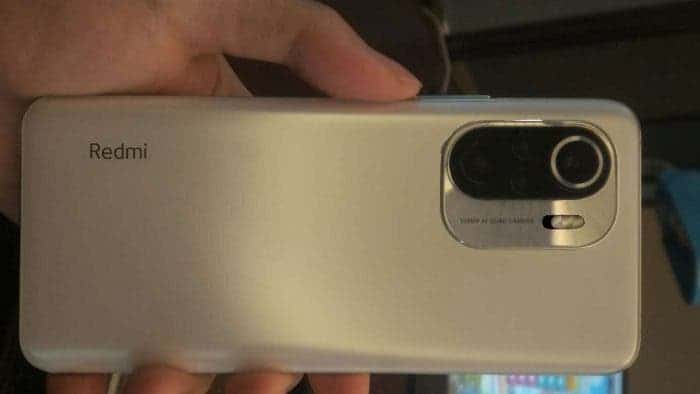Chinese insiders have long been saying that Redmi K40 will receive an outstanding screen, and today these data have been officially confirmed. Brand head Lu Weibing posted a teaser on Weibo and explained the features of Samsung’s OLED E4 display.
These OLED panels use new organic materials with significantly improved light output – they emit brighter light with less energy consumption. Such screens, only curved and not flat, are used in both Xiaomi Mi 11 and Samsung Galaxy S21 Ultra. The second teaser just demonstrates the absence of bends in the display of the Redmi K40 – and many users will find such a thing a plus. By the way, the refresh rate of the Redmi K40 screen will be 120 Hz.

We will remind, the smartphone will be officially presented on February 25 along with its bigger brother Redmi K40 Pro. The new smartphones will receive LPDDR5 RAM and UFS 3.1 flash memory, a Wi-Fi 6 module, 4500 mAh batteries and support for 33W wired charging. There will be no wireless charging in Redmi K40. As for the camera of the Redmi K40, it has three sensors.

Xiaomi is the third smartphone brand globally, Redmi Note series crosses 200 Million shipments milestone
Xiaomi was the first company to unleash a flagship with Qualcomm’s Snapdragon 888 chipset. The brand revealed the Mi 11 in December alongside MIUI 12.5. Recently, the company has officially announced the new flagship for global markets, alongside the respective version of MIUI made for the global audience. Besides the new software skin and flagship, the company used the opportunity to reveal details about its progress. Despite the ongoing pandemic that ravaged the market last year, the brand managed to become the third-largest smartphone brand in the world. Redmi brand also broke some records last year.

According to the brand’s report, it is the first smartphone brand in ten markets, which includes India as one of the most notable ones. Moreover, it achieved at least the third position in 36 markets. The Chinese giant also is the fastest-growing brand in the high-end segment with an impressive 3,639% growth year on year in Q3 2020. This includes devices that cost more than $500.
Xiaomi invested in the R&D department and improved its manufacturing process
Between the last quarter of 2019 and Q3 2020, Xiaomi invested over $1.3 billion in the R&D department. As a result, 2,143 camera tests that used to take 3 to 4 days have been fully automated. Nowadays, the brand is capable of testing its cameras in just one day. The brand also improved its cameras and software. The Xiaomi Mi 10 Pro, for instance, kept the first place at the DxOMark camera ranking for 48 days. The Mi 10 Ultra was on top for nearly two and a half months. The Mi 11 also performed well in the camera benchmark website. The audio lab also is doing equally successfully. The Mi 10 Pro was the best phone in the DxO Audio tests for most of 2020. The brand also has more labs for the development of 5G, displays and one that improves the phone’s overall stability.

Besides the Mi branded phones that are doing quite well in the high-end segment, the company’s Redmi branch is also bringing a lot of money. So far, the Redmi Note series has shipped more than 200 million units around the world. For comparison, that number was just 140 million in November of last year and 100 million in October 2019. We expect these numbers to reach a new higher spot in 2020 with the arrival of the Redmi Note 10 series. Just like the Chinese Redmi Note 9 series; we expect Redmi to bring at least two 5G smartphones in the Redmi Note 10 series.
Worth noting, that Xiaomi growth also comes in light of Huawei’s demise. However, we have to credit the former for knowing how to take the best of an opportunity.





